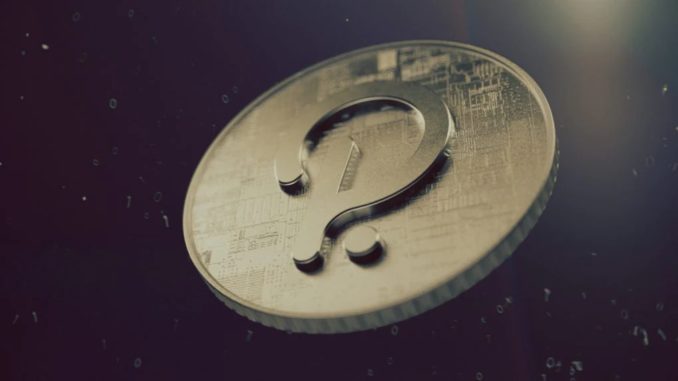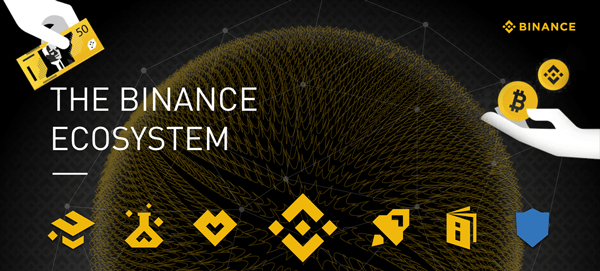
The variety of builders writing codes on the Polkadot blockchain has elevated considerably to almost 10,000 now from simply 2,600 across the similar time final yr. Over 2 million strains of code have been written for Polkadot in 2021 as in comparison with 600,000 at first of the yr. Let’s perceive why Polkadot has caught crypto fanatics’ consideration, and the way it issues to the blockchain ecosystem.
Polkadot is likely one of the few blockchain networks designed across the philosophy of making numerous smaller inter-connected sub-chains inside the umbrella of a single blockchain on prime.
Additionally, different blockchains can be part of the Polkadot infrastructure, and knowledge can traverse from different blockchains throughout Polkadot’s multi-chain utility setting like real-world belongings and tokens.
The sunshine paper (a miniature, concise model of the white paper) of the Polkadot community calls the protocol a heterogenous blockchain.
“Polkadot is a next-generation blockchain protocol that unites a whole community of purpose-built blockchains, permitting them to function seamlessly collectively at scale,” the sunshine paper additional particulars. “It connects a number of chains collectively in a single community, permitting them to course of transactions in parallel and change knowledge between chains with safety ensures.”
What was the thought behind growing Polkadot?
Polkadot was the creation of Gavin Wooden, one of many co-founders of Ethereum. Wooden left the Ethereum undertaking in 2016 as a result of he did not assume it was doing sufficient to pursue the promise of blockchain know-how, a very decentralised ecosystem.
In mid-2016, Wooden began engaged on an thought of a sharded model of the Ethereum blockchain after which launched the primary draft of Polkadot’s white paper in October that yr.
Wooden later went on to create the Web3 Basis, a non-profit entity established to assist analysis and improvement of Polkadot, with Peter Czaban. The Web3 Basis hosted Polkadot’s first token public sale in October 2017. The sale was profitable, elevating $145 million in underneath two weeks and promoting 50 % of the preliminary 10 million DOT tokens (the native token of Polkadot).
In 2018, Polkadot initially began rolling out numerous proof-of-concepts as a solution to check its base relay chain and the relay chain’s assist of parachains working beneath the principle relay chain. This was a solution to gear up for the principle launch of the community.
In August 2019, the undertaking had its first public launch Kusama, a check model of Polkadot. Kusama was an unaudited model designed to check governance, staking, and sharding (a technique that helps to separate and retailer a single dataset in a number of databases) underneath pure financial circumstances. Polkadot additionally launched 1 % of the preliminary DOT provide to Kusama stakeholders to encourage participation.
For its mainnet (a completely developed blockchain protocol) launch, Polkadot rolled it out in phases as a substitute of an entire single launch. It was divided into phases that launched numerous features to the mainnet. The 5 phases have been all launched in 2020 with the ultimate one in August 2020.
What are the completely different elements of the Polkadot community?
As talked about above, Polkadot is an ecosystem of decentralised blockchains. Anybody can create a blockchain within the community. The community permits for the creation of three sorts of blockchains.
The Relay Chain:
The relay chain makes use of an offshoot of the proof-of-stake (PoS) consensus mechanism referred to as nominated-proof-of-stake (NPoS) to validate transactions and blocks. That is the place the transactions within the community are finalised. The community permits customers to stake their cryptocurrency within the community. Staking is a system the place customers lock up a certain quantity of cryptocurrency to validate a transaction. Validators are chosen by nominators who stake DOTs that may be misplaced if the validator deviates from their function. Actual financial penalties for nominators distinguish Polkadot’s Nominated Proof-of-Stake (NPoS) from the usual proof-of-stake consensus mechanism.
Customers who stake DOT on the community have the choice to enter a specific contract that provides them completely different roles within the community like validators, nominators, and collators.
Parachains:
Parachains are application-specific customized blockchains that run parallel to the relay chain. Transactions on parachains will be as quick as transactions on the relay chain as a result of means of validators on the relay chain to validate transactions on particular person parachain blockchains. There are 100 parachain slots on Polkadot, with extra coming within the upcoming months.
Bridges:
The Polkadot community makes use of bridges to work together and join with different blockchains. There’s an ongoing course of of making bridges with blockchains like EOS, Cosmos, Ethereum and Bitcoin. These bridges permit for token swaps between these blockchains with out the necessity for a central change to facilitate these swaps.
Who can affect the event of the community?
The customers of the community have the affect to have an effect on the path and improvement of the community. There are several types of customers which have this privilege.
DOT Holders:
Anybody who holds DOT tokens within the community can use them to suggest adjustments and might even approve or reject adjustments proposed by others.
The Council:
DOT holders can elect council members who’re in-charge of proposing adjustments to the community and are chargeable for approving proposals made by DOT holders. Proposals from council members require much less votes than unusual DOT holders.
The Technical Committee:
Within the occasion of an emergency, groups which might be actively constructing the Polkadot community could make particular proposals. The technical group is chosen by council members by way of a voting system.
Conclusion
Polkadot has raised round $200 million from traders, making it one of the vital well-funded blockchain initiatives within the historical past of this nascent know-how. Polkadot’s worth is believed to be to vow to present vital interoperability between a number of blockchains, whereas additionally highlighting the advantages and potential of the sharding know-how.
Regardless of the Polkadot undertaking being labored on for years, the undertaking continues to be younger when in comparison with the heavy hitters within the business like bitcoin and Ethereum, and it nonetheless has a protracted solution to go to meet up with a number of cross-chain rivals.
Whereas a number of crypto proponents will not be followers of sharding as they imagine the method can finally result in vulnerabilities, there are actually many benefits and advantages to any such blockchain know-how.
Polkadot will be simply traded in India throughout completely different platforms that let you buy or promote cryptocurrency. If you wish to spend money on Polkadot, you should use a crypto change platform like WazirX to make your buy. The WazirX app shows the newest traded worth of the Polkadot and different tradeable cryptocurrencies together with charting instruments.





 Bitcoin
Bitcoin  Ethereum
Ethereum  Tether
Tether  XRP
XRP  Solana
Solana  USDC
USDC  TRON
TRON  Dogecoin
Dogecoin  Lido Staked Ether
Lido Staked Ether
Be the first to comment